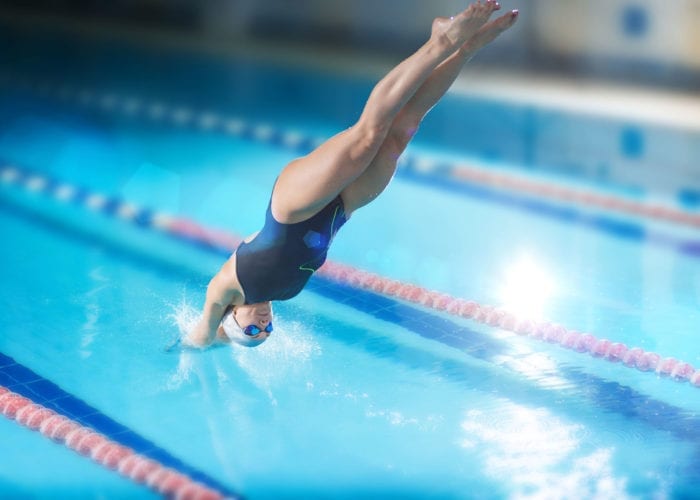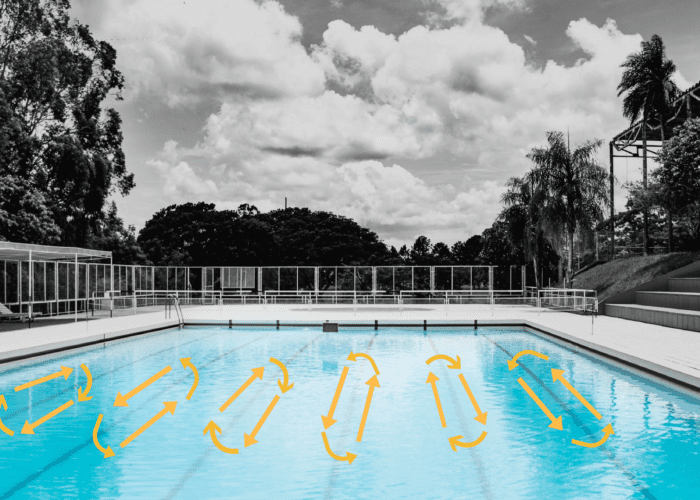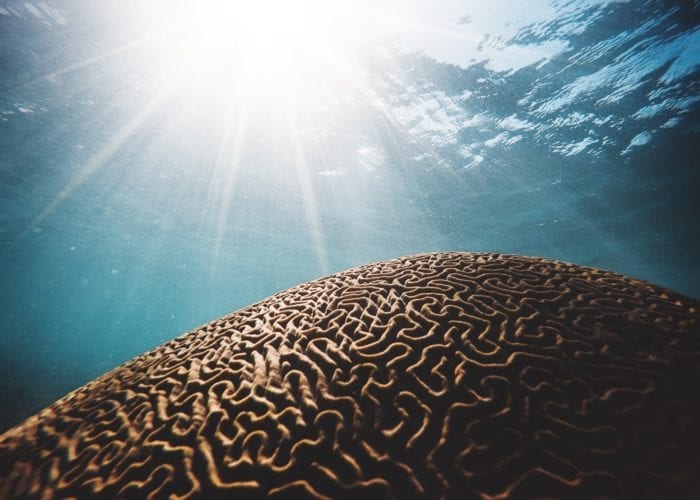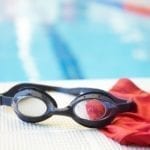The universe is completely in motion, even at first sight, static things have a certain vibration that we can not perceive by the eye. Our body is designed to move as well. Still, we’ve gotten to the point where we’ve made it easy for us, not to have to do much in terms of motion. We have become experts in reducing lifetime and increasing the fragility of our bodies. In the article, I want to reflect on the two main reasons (sitting and breathing) why I think we are destroying ourselves slowly, without acknowledging it.

The first nail: Sitting
People are not made for too much sitting. Our ancestors spent their day hunting, building, farming, and so on. Since then we’ve evolved. We have found ways and new technologies that make life easier – something that requires less physical work. Do you want to switch the TV channel? Simply press several buttons on the remote control. Do you want to go shopping? Just browse the web. Do you want to go somewhere? Sit behind the wheel and drive. You sit from elementary school, you sit at the university, you sit at work …
We live in a system designed to keep us comfortable and includes many sitting activities. The bad news is that excessive sitting will silently steal away several years of your life. What is worse, the damage you cause to your body by sitting too much can’t be stopped by exercising or any sport activity!
Sitting shortens your life, no matter if you are exercising or not …
It should not demotivate you from exercising. You have to know, you need to eliminate the factor – longterm sitting in order to make any exercise more effective. It doesn’t work the opposite way.
A study from American Cancer Society from the year 2011, which tracked over 120 000 people over the 14 year period, found that men and women who were sitting more than six hours a day were 20% in case of men and 40% in case of women, more likely to get illness during the study, than those who were sitting less, than three hours a day.
This conclusion is supported by a new study currently being conducted in the US and examines a set of 47 studies analyzing the relationship between physical inactivity and mortality. A sedentary lifestyle increases the risk of disease or medical condition, that can lead to premature death – even during exercise, not to mention that our bodies are visibly weaker and delicate.
How sitting destroys the body?
The leg muscles are inactive when sitting. This means that all the activity of the lower limbs is switched off. Blood flow, nerve impulses and energy flow will slow significantly. The number of calories that burns the lower limbs fat will be reduced by as much as 90% and the level of enzymes that breakdowns the fats will drop. Simply put, your veins, nerves, muscles, and energy pathways are under pressure.
And here’s the worst … There’s no exercise to counter the effects of a long-term sitting. If the sitting is part of your work, you need to move your body every 30 minutes to renew blood and energy flow.
How many hours a day you sit?
You get up in the morning, sit at breakfast, sit in the car or public transport on the way to work, sit at work, sit at lunch. On your way from work maybe you stop for an hour to practice your favourite activity or go for a bike ride. On a bike, you sit also. Maybe you go running, yoga or pilates. Try to calculate how many hours a day you are on your feet, how much you sit in a chair, and how much is an activity. Tell us how many hours a day you sit.
After an all day in the office, we are damaging movement patterns, coordination, energy flow. We force our body a small step by small step into a situation where this “burden” can’t be handled anymore – respectively, the body starts to adapt to a state which wasn’t created for. This obviously results in pain in the musculoskeletal system, muscle dysbalances, chronic fatigue, low level of concentration or better to say distraction, laziness and more. Some would call it natural ageing. I think it’s a lack of movement. The physical load, when moving body, makes the body adapt too, but towards a healthy state without pain and health problems.
That is why, improving performance, fitness, coordination, speed, endurance, motion potential of your body – the range of motion – the extension of a comfort zone, makes sense. Last but not least, the natural energy streams in the body are activated, better thinking and happier being is promoted. We just have to sit less and move more. That’s it.

The second nail: Breathing
I am surprised how many people can not naturally breathe deeply. During training with beginners, we often have to practice conscious deep breathing, which is very important for swimming. People are used to breathing superficially, only to the upper part of the lungs. The chest is stretched far less in the upper part than in the lower part where the diaphragm is.
If we breathe superficially, it causes the accumulation of tension in the body without one realizing it. Once you breathe deeply and let your lungs and chest stretch out, the exhalation can be done effortlessly, and you can see how the tension will be released throughout the whole body. You can try it for yourself right now. Breathe in with your mouth – maximally stretch your lungs to maximal capacity – hold your breath for 1 to 2 seconds, feel the tension in the chest – let the air breathe out freely through your nose until the exhalation stops itself. This can take 3-5 seconds. Notice how the tension in the body is released when exhaling.
This method of breathing is important for swimming. On the ground, I would recommend a deep breath in with a nose to filter dirt from the city air. In swimming, breath in with the nose is not good enough for two reasons. The first is that a deep breath with the nose lasts too long. The second reason is, it’s easier to inhale drops of water, which is not a pleasant feeling. You can read more on breathing training for swimming in this article.
Breathe actively
Deeper breathing is not only important for swimming and relaxation, but also for everyday life. The combination of long-term sitting and superficial breathing reduces body lifetime, energy flow and increases tension (tension = stress = tension). It’s no surprise, that from all day sitting, one can be as tired as from a full-day hike. Logically, the only thing you thinking about all day at work is going to sit back and relax again, because of lack of oxygen and energy.
Breathing is autonomous, the body controls it alone, but at the same time we need to breathe consciously – once you switch your attention to it, I’m sure you will find it rather shallow, than deep. And that’s the problem you often do not realize, you practically don’t breathe. When you running, breathing automatically adjusts and you do not have to think about it. But you should. Swimming, running and other sports require you to think about breathing and do it consciously.
If you do not learn to breathe properly, it will never fit in the technique of running, swimming, exercising … This is one of the reasons, why people are stiff during their sports activities. In addition, there are even more factors involved in swimming – fear of deep water, fear of water inhalation, timing and coordination with motion and more. That’s why a lot of people in swimming do not learn it and prefer to swim with their heads above the water.

Suitable solution
Long-term sitting destroys body posture. What sport or activity is the best for you? Running? Do you think, after all-day sitting is the best for the body to run? Will you improve your body posture with some quick fix? Probably not. We can put running aside. What about cycling? It requires sitting. You also probably will not release the tension of your body much. It’s probably not the best as well.
What about “swimming”?
Swimming and movement in the water, as many people perceive today, could be defined as an activity suitable for fitness, health and rehabilitation and one of the best sports. But only if you do the right technique and breathe into the water!
Water and motion in it have much deeper meaning. Seventy-five percent of the earth’s surface covers the water. Water is an integral part of our environment and our bodies. The possibility of free and natural movement in the aquatic environment should, in my opinion, be an integral part of the skills of every active person. Taking it from the point of view of survival or entertainment, motion in the water is part of us and our nature. It is important to remember.
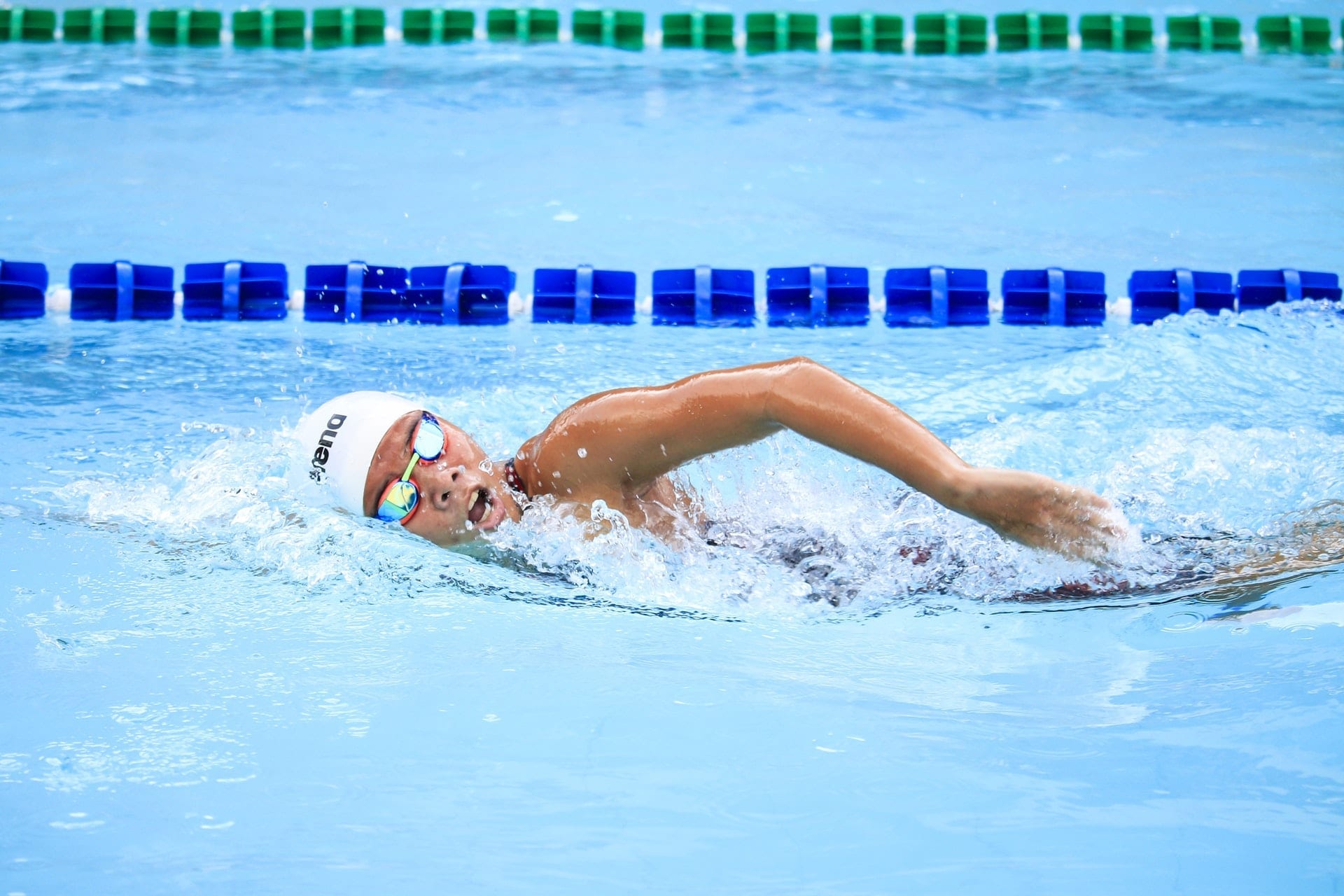
Swimming! Good technique only
We believe that the sense of swimming is more than just rehabilitation, fitness and performance. It is a form of communication with a fluid environment where other motion patterns are in work, comparing to dryland. Your body behaves differently in the water, and you are forced to think about the movement differently as well. And that’s great.
While swimming, it is easy to spot body posture weaknesses. We can focus on them without worrying about any injuries. This risk is minimal when swimming. You will learn to release a high muscle tension and engage the all muscles throughout the body. After sitting in the office, you move the body in a convenient, shock-free way. You relax the muscles of the neck, shoulders and the entire spine gets into the motion.
You will also learn to breathe better and consciously. The right technique of swimming will “force you” to do that, it’s not possible to trick it. Clients leaving the training pleasantly tired and relaxed at the same time. No coincidence after all. Some individuals start to feel fully relaxed after 45 minutes of swimming exercises and combinations. It means that miss Radová style is not enough. When you swim for 30 minutes with bad technique, you are maybe tired, but definitely not relaxed. And of course, if you swim just miss Radová style (Czech labelling for a person, who swim with the head above the water) for 30 minutes, you can’t even warm your body enough.
Other suitable activities can be stretching of the whole body or yoga, which also emphasizes breathing and good technical execution. It is important to do something with too much sitting and shallow breathing, and if you decide to do so, do it right. I think that swimming is a good first sport just because it uses the whole body and requires conscious active breathing and does not contain shock or excessive load, just in the form of water resistance.
Start now!
I think, for the vast majority of people swimming has far greater potential than it might seem. Especially for all those who have a sedentary lifestyle. It is very easy to think that nothing happens to the body when sitting, but the opposite is true. It is a very slow process of body destruction. If you or someone in your community still did not find the necessity to care about the body and sit too much, they must change it asap. In particular, the generation of young people, who have been using the latest technology should be inspired by adults to move more and sit less.
Swimming properly is not difficult. Swimming more styles is not difficult. Learning to breathe is not difficult. Every good coach will explain how to do the right technique, it’s about teaching, practice and patience. If you sit for more than 6 hours a day, swimming will be the best first choice for you. You may choose to run, but you only have a greater chance of having to visit a physiotherapist after a while, because you are more likely to hurt yourself. Of course, the choice is always up to you… What is your opinion? Do you agree? Does the article make sense to you? Do not forget to fill in the number of hours you are sitting.
